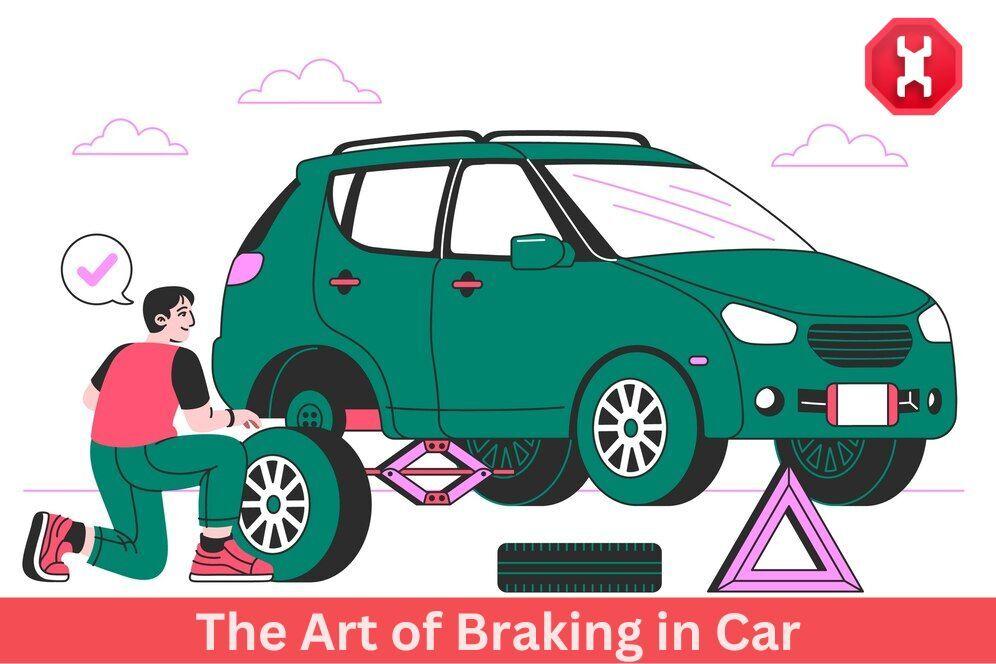Braking is arguably the most critical skill for any driver. It's not just about slamming on the pedal; it's about controlled deceleration, maximizing stopping power, and maintaining vehicle control. This article delves into the art of braking, exploring techniques and considerations for safe and effective stops.
Understanding Braking Systems:
Before we delve into techniques, let's briefly understand how braking systems work. Modern cars primarily utilize hydraulic brake systems. When you press the brake pedal, fluid pressure is transmitted to the brake calipers, which squeeze brake pads against the rotating discs (or drums in older systems). This friction converts kinetic energy into heat, slowing the vehicle down.
Techniques for Effective Braking:
- Threshold Braking: This technique involves applying steady, firm pressure to the brake pedal just short of locking the wheels. Locking wheels result in loss of steering control and increased stopping distances.
- Heel-Toe Downshifting: This technique, primarily used in manual transmissions, allows for smooth and controlled deceleration while simultaneously downshifting gears. It involves using the heel to blip the throttle while simultaneously applying the brakes with the ball of the foot.
- Trail Braking: This technique involves applying light brake pressure while entering a corner. This helps to transfer weight to the front wheels, improving steering grip and cornering stability.
Factors Affecting Braking Distance:
Several factors influence how quickly a vehicle can stop:
- Vehicle Speed: The faster you're going, the longer it takes to stop.
- Road Conditions: Wet or icy roads significantly increase stopping distances.
- Tire Condition: Worn or underinflated tires offer reduced grip and increased stopping distances.
- Vehicle Load: Heavier vehicles require more stopping power.
- Brake System Condition: Faulty brakes can significantly compromise stopping ability.
Maintaining Brake System Health:
- Regular Inspections: Have your brake system inspected by a qualified mechanic at regular intervals.
- Brake Fluid Replacement: Brake fluid absorbs moisture over time, which can compromise its effectiveness. Replace brake fluid according to the manufacturer's recommendations.
- Avoid Harsh Braking: Frequent hard braking can wear out brake components prematurely.
Conclusion:
Mastering the art of braking is crucial for all drivers. By understanding braking systems, employing proper techniques, and maintaining your brakes, you can significantly enhance your driving safety and reduce the risk of accidents. Remember, smooth and controlled braking is always preferable to sudden, panic stops.
